Types of camellias: 12 beautiful varieties of these flowering shrubs
Our edit of the different types of camellias will help you choose the best one for your flowerbeds and pots
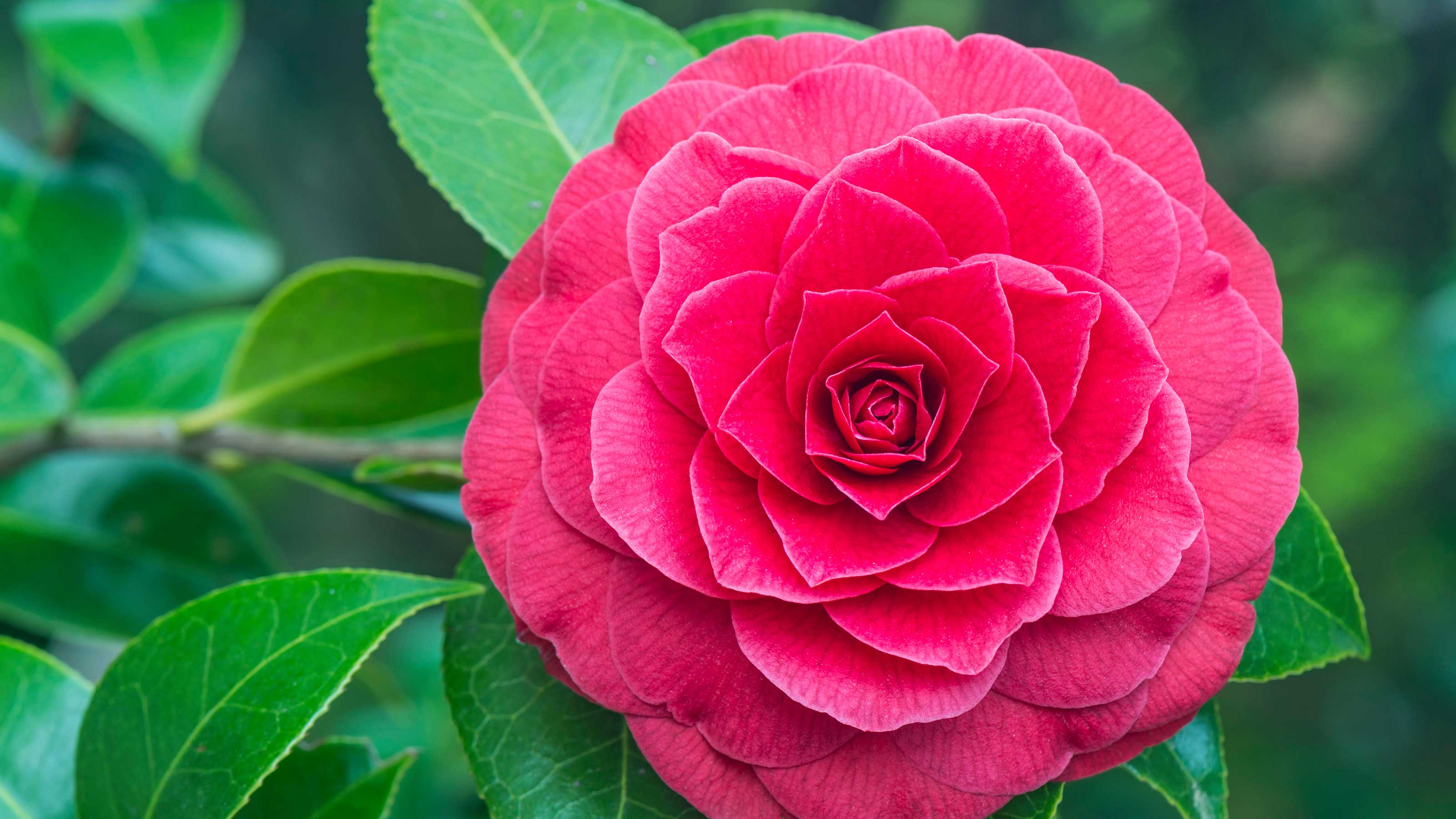
There are thousands of different colors and types of camellias to choose from, so you can be sure there's one that's perfect for your plot.
The earliest flowering varieties are mostly in the Sasanqua group, with blooms appearing from October onwards, but other varieties will flower as late as April. They range from white through to pink and deep red and can be single or double-flowered, formal, peony or anemone in style. And some are even scented.
Once you've learned how to grow camellias, maintenance is straightforward. The majority, including the most widely available C. japonicas and C. x williamsii hybrids, need moist but well-drained acid soil. And although the plants themselves are hardy – making them a fabulous choice for brightening up the colder months – the flowers can be damaged by severe frost and cold winds. For this reason, it's important to plant them somewhere sheltered. They like dappled shade, too, which replicates their natural habitat on the edge of woodland glades.
12 gorgeous types of camellias to grow in your garden
With so many different types of camellia to choose from, which one should you pick for your garden? If you're unsure, we're here to help, by rounding up some of our very favorite varieties.
1. 'Yuletide'
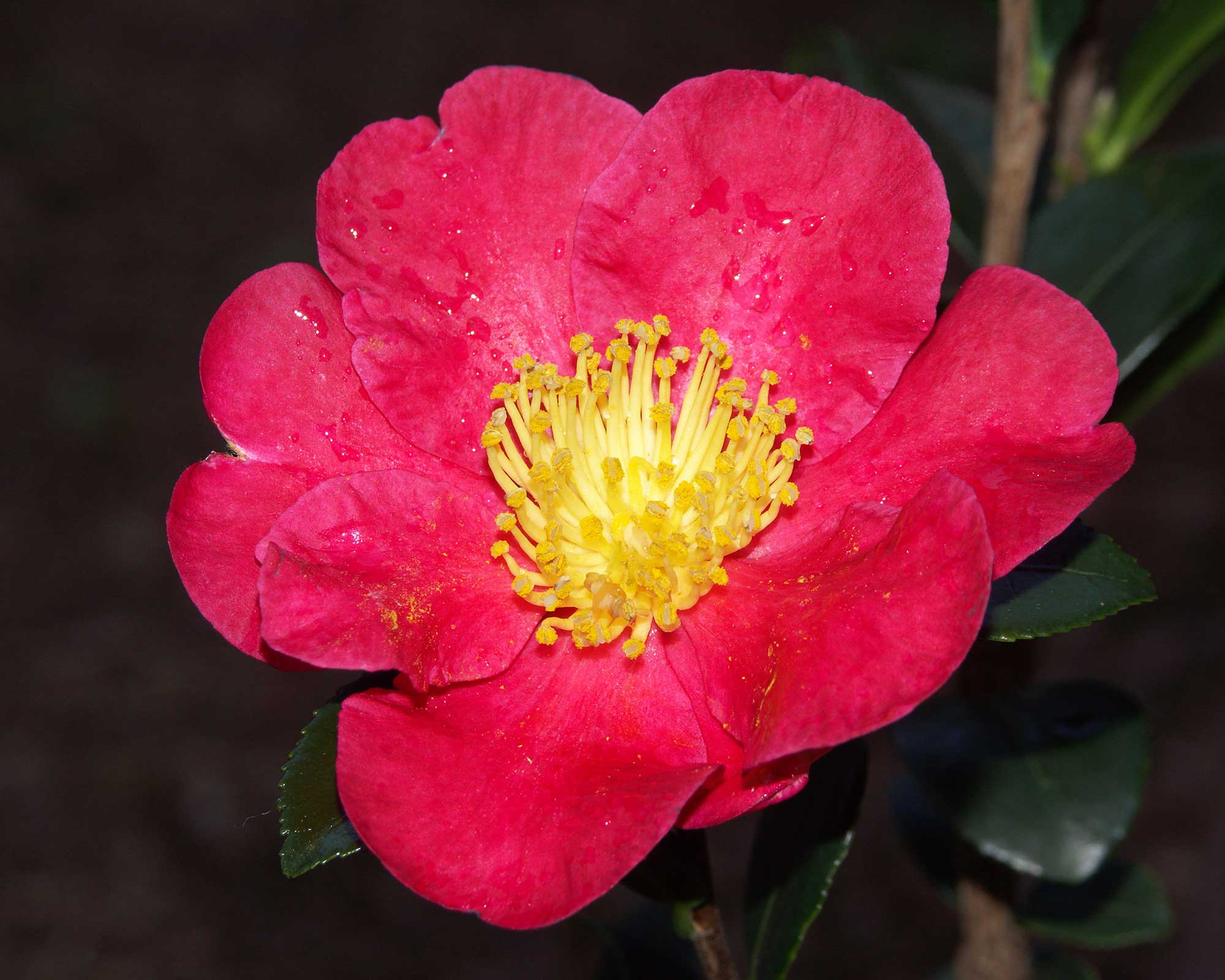
'Yuletide' is a single hybrid variety full of Christmas cheer. The shining red, slightly scented, single flowers are blazed with a bright yellow center and set against small, neat foliage. If you're looking for new winter garden plants, this should definitely make the list.
It needs more sun than most to ensure prolific winter flowering (from November to January).
Height: 5ft (1.5m).
2. 'Silver Anniversary'
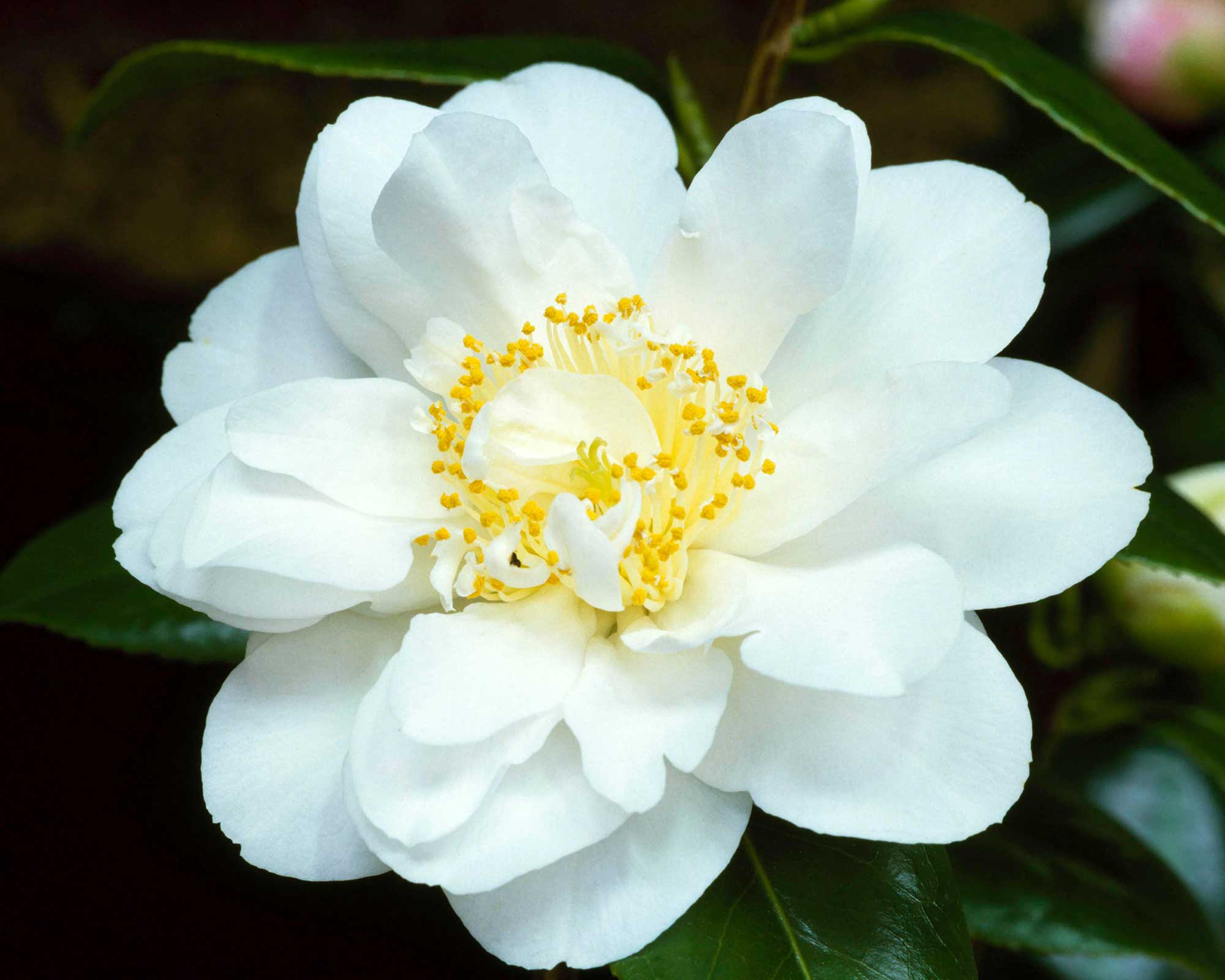
'Silver Anniversary' is an RHS-award-winning semi-double camellia of the Japonica variety. It has large, rather irregular flowers that are pure-white, with golden stamens in the center. The deep green foliage offers a striking contrast.
It grows strong and upright and blooms from February to May.
Height: 4ft (1.2m).
3. 'Jury's Yellow'
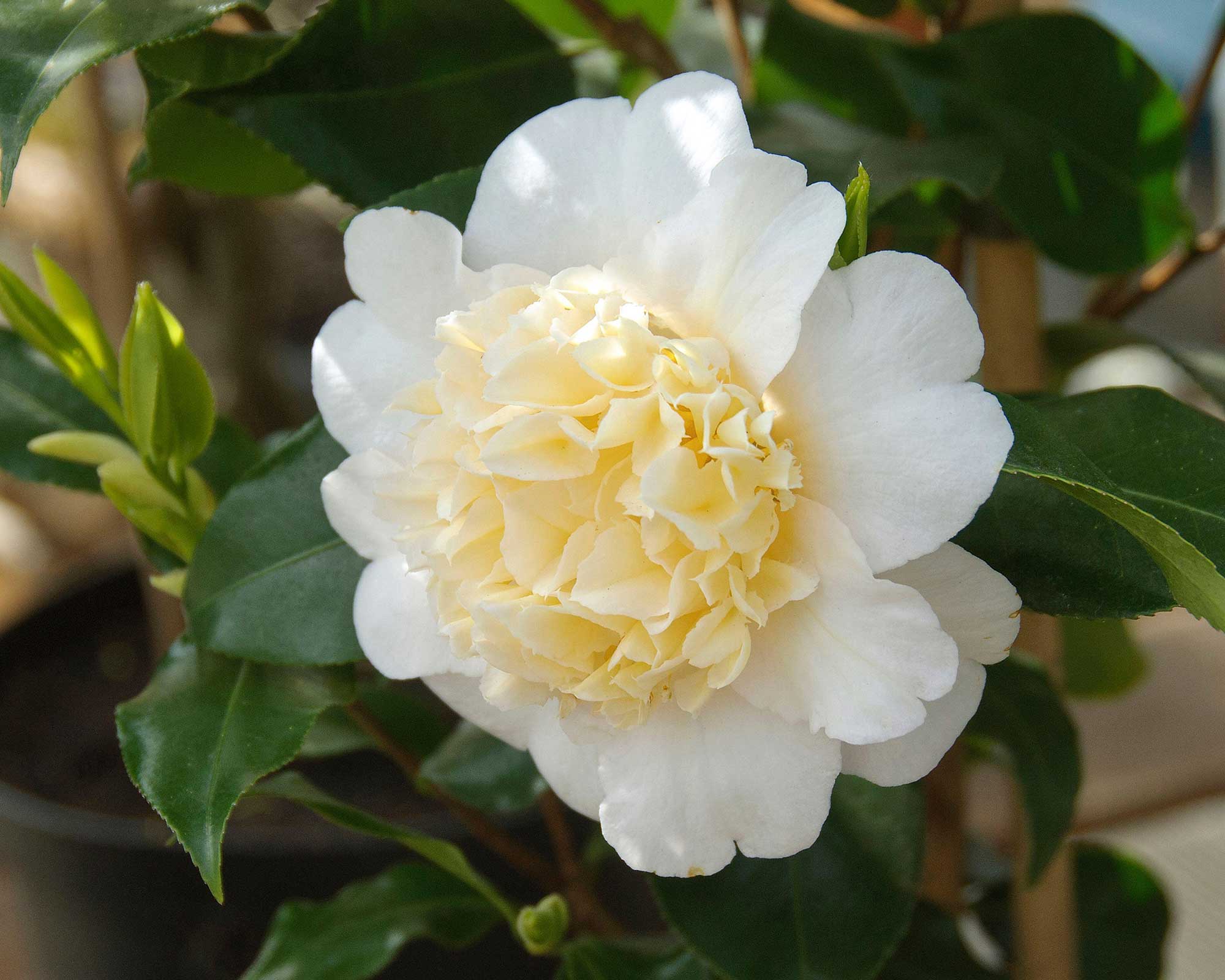
Another RHS award winner, the blooms of this anemone-centered, Williamsii camellia sport a row of broad white outer petals with a frilly mass of small, white-tipped rich creamy-yellow petals in the middle.
It grows neatly and upright, and will flower from November to April. We'd say it has to be one of the best winter flowering shrubs.
Height: 5ft (1.5cm).
4. 'Margaret Davis'
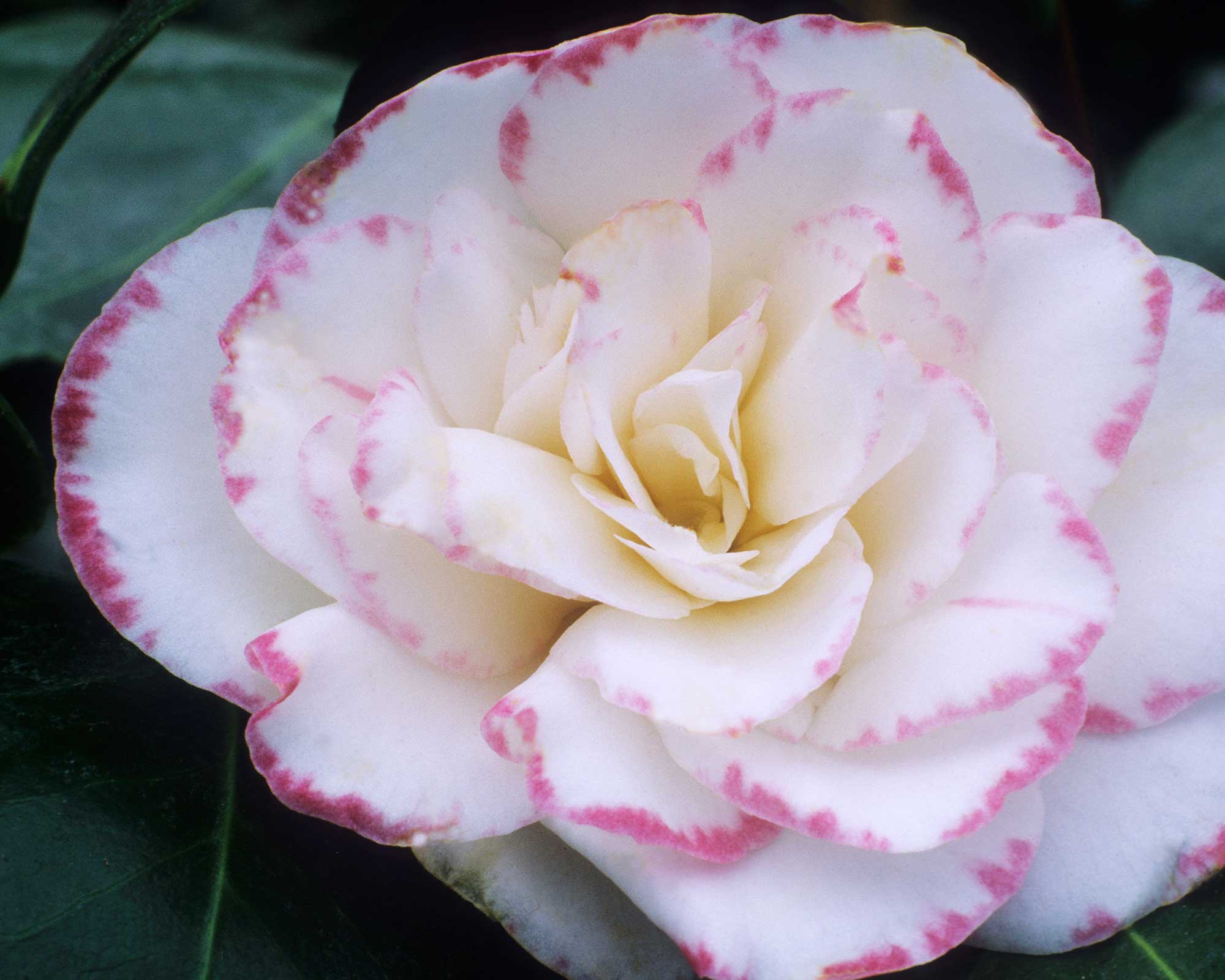
A peony-flowered, Japonica beauty, 'Margaret Davis' has pure-white flowers with rich, rosy-red edges, occasional red speckles, and a golden glow in the heart of each.
This type is another neat, upright grower, so it's a good pick for your small garden ideas. It flowers from February to April.
Height: 4ft (1.2m).
5. 'Black Lace'
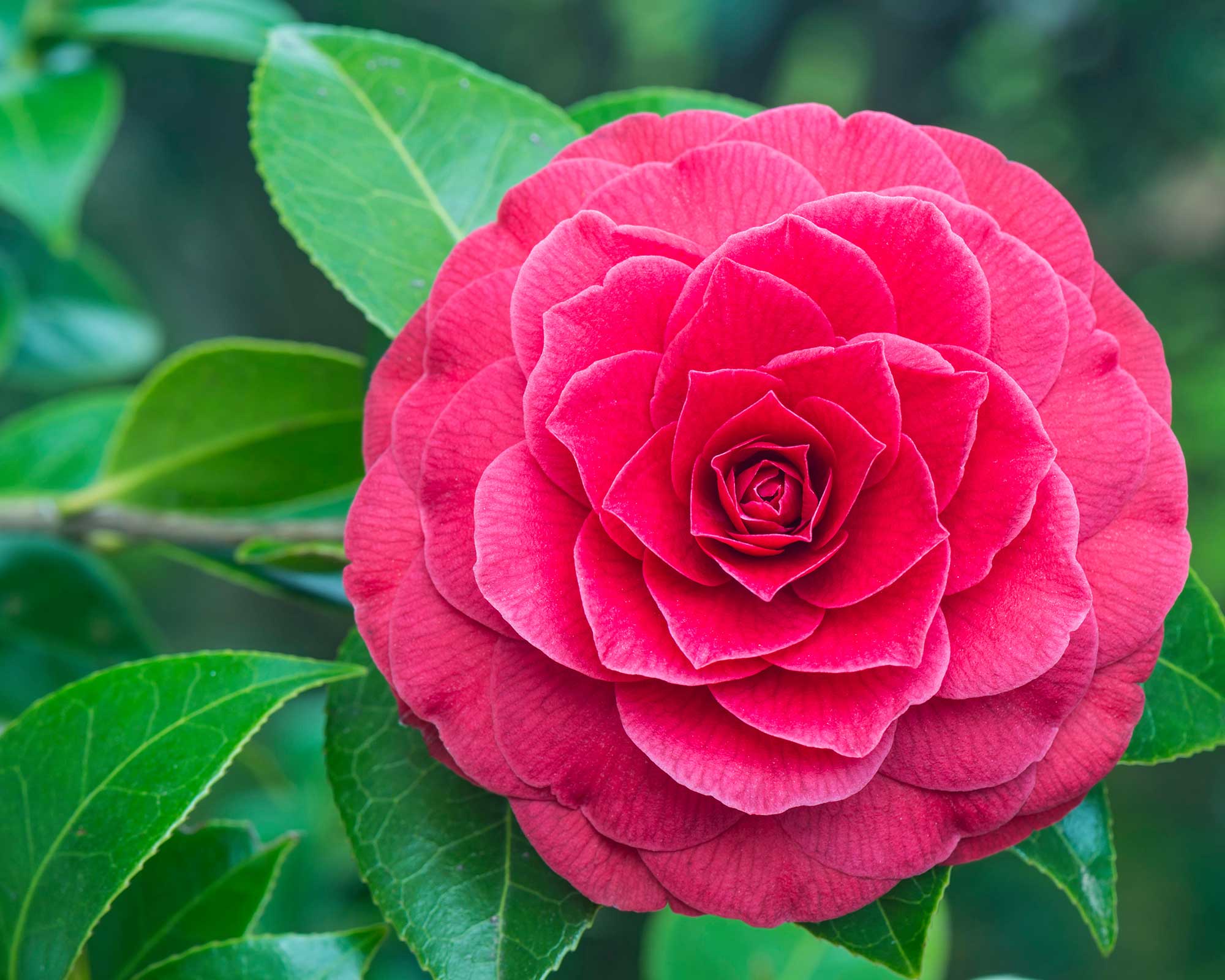
This rose double hybrid has beautifully symmetrical rich-red flowers with a slight silvery sheen and a hint of black at the edges.
Another compact and upright type, it looks lovely by itself, or position a few together as informal hedging plants. It will offer springtime flowers – from March to May.
Height: 4ft (1.2m).
6. 'Desire'
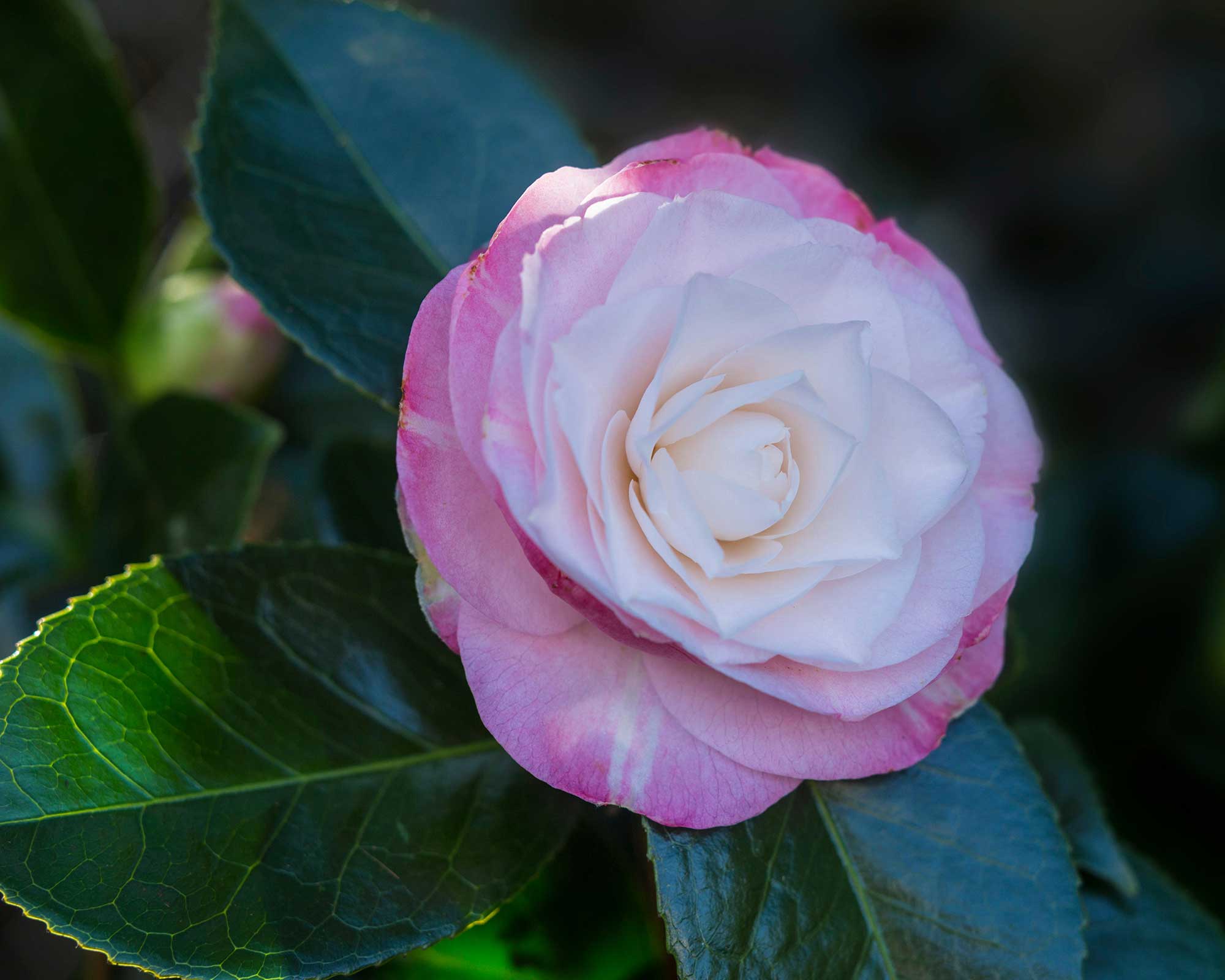
This type of Japonica camellia can be slightly temperamental, but at its best, it's fabulous. Its beautiful fully-double flowers shade from white in the center to pink in the oldest petals.
The plant itself has a strong, but tightly upright growth. It flowers in early spring – from February to April.
Height: 4ft (1.2m).
7. 'Adolphe Audusson'
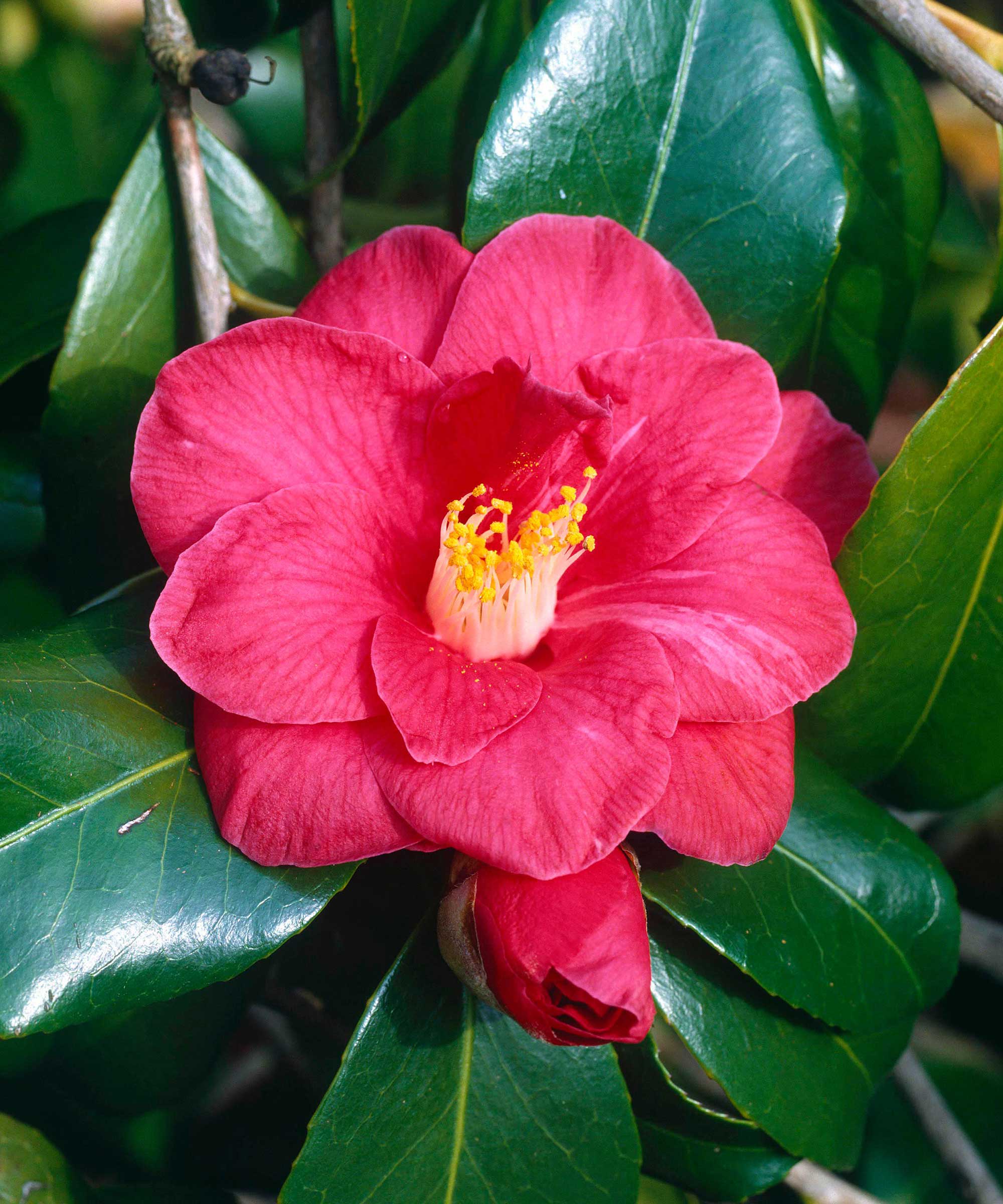
'Adolphe Audusson', a Japonica camellia, has gold-eyed, blood-red flowers. Its semi-double form makes it a real beauty.
Try growing it in a large pot as part of your patio gardening ideas for a gorgeous splash of early color (from February to April).
Height: 4ft (1.2m).
8. 'Narumigata'
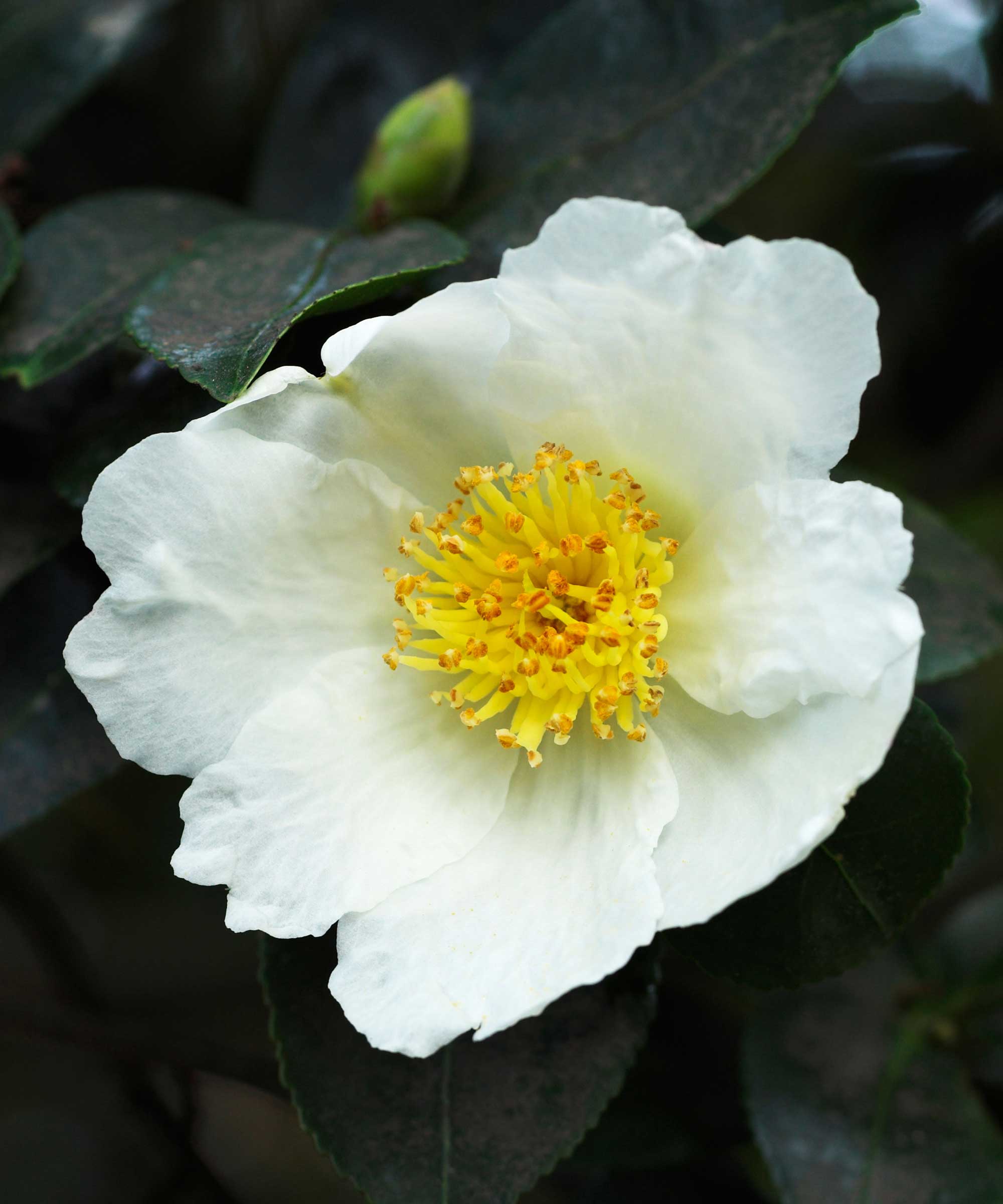
'Narumigata', a Sasanqua camellia, has white flowers which shade towards pink at the edges. Enjoy the show from October to January – a great pick for winter garden ideas.
Height: 4ft (1.2m).
9. 'Ruby Wedding'
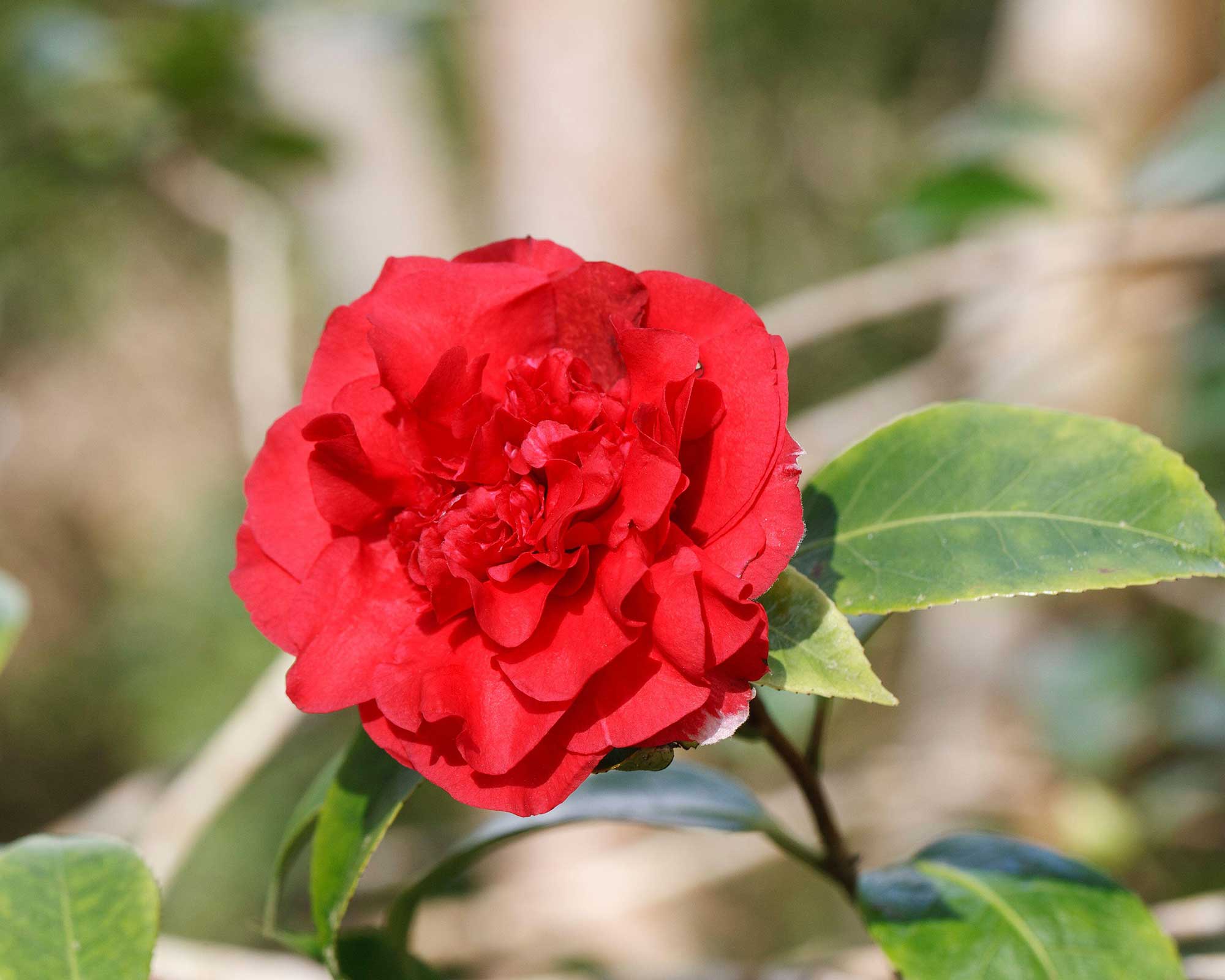
'Ruby Wedding' is a vivid bright-red with dense and upright growth. It has a gorgeous form, similar to that of a peony.
A later bloomer in comparison to many other types of camellias, this variety will flower from March to May. Another good pick for container gardening ideas.
Height: 4ft (1.2m).
10. 'Spring Festival'
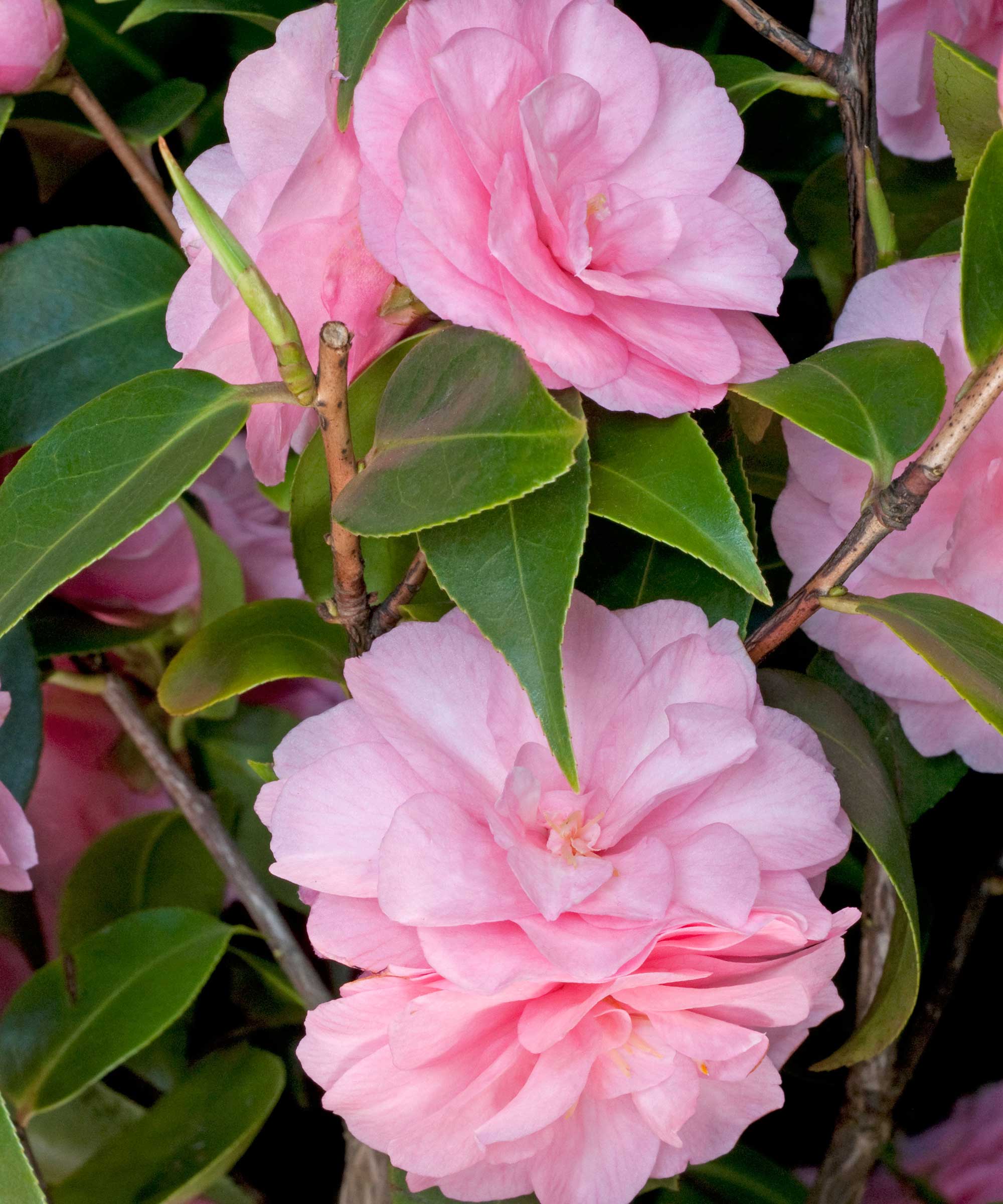
If you're looking for types of camellias that offer tons of blooms, then 'Spring Festival' is an excellent choice. It has masses of small, pink flowers in a rose double form from March to May.
Plant alongside cottage garden ideas for a whimsical setting.
Height: 4ft (1.2m).
12. 'Brushfield's Yellow'
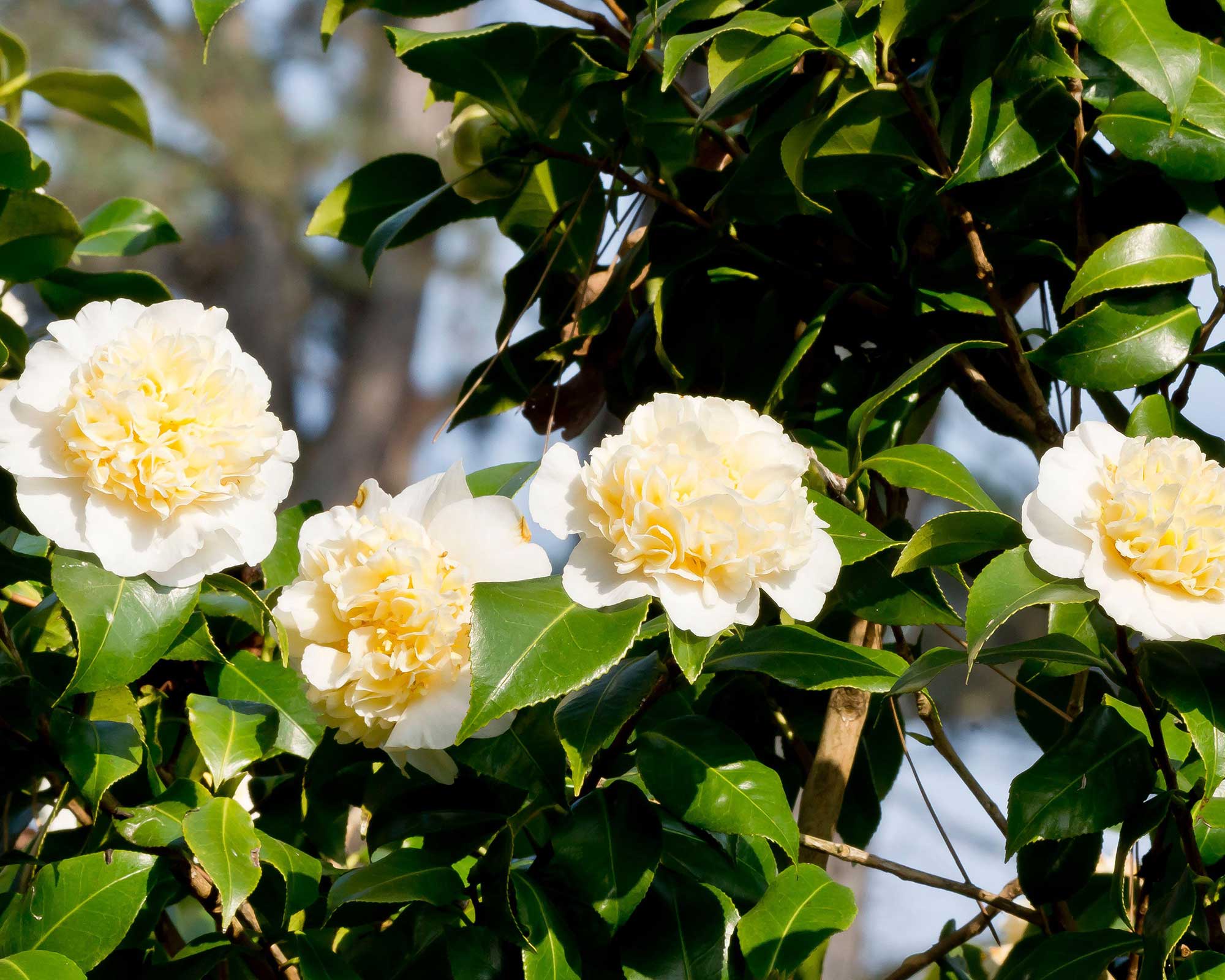
Plant this creamy white variety to take center stage in a spring border, bursting into bloom in April through to May.
An interesting fact about these beauties is that the blooms are edible: the petals can be used as a garnish or dried and used in Asian cuisine. You can find more about edible flowers in our guide.
What are the main camellia groups?
There are four main camellia groups: Japonica, Sasanqua, Williamsii, and Hybrids.
There are far more Japonica camellias than any other, and they come in the widest range of colors, patterns, and shapes.
Sasanqua types of camellia are dependably autumn/winter flowering and nicely scented. If you want to grow a camellia in your conservatory as part of your indoor garden ideas, these are a good choice.
Williamsii are arguably the best all-round camellias, flowering for all or part of November to May. Meanwhile, hybrids come in many styles, involving a number of species, but are often overlooked in favor of the old favorites.
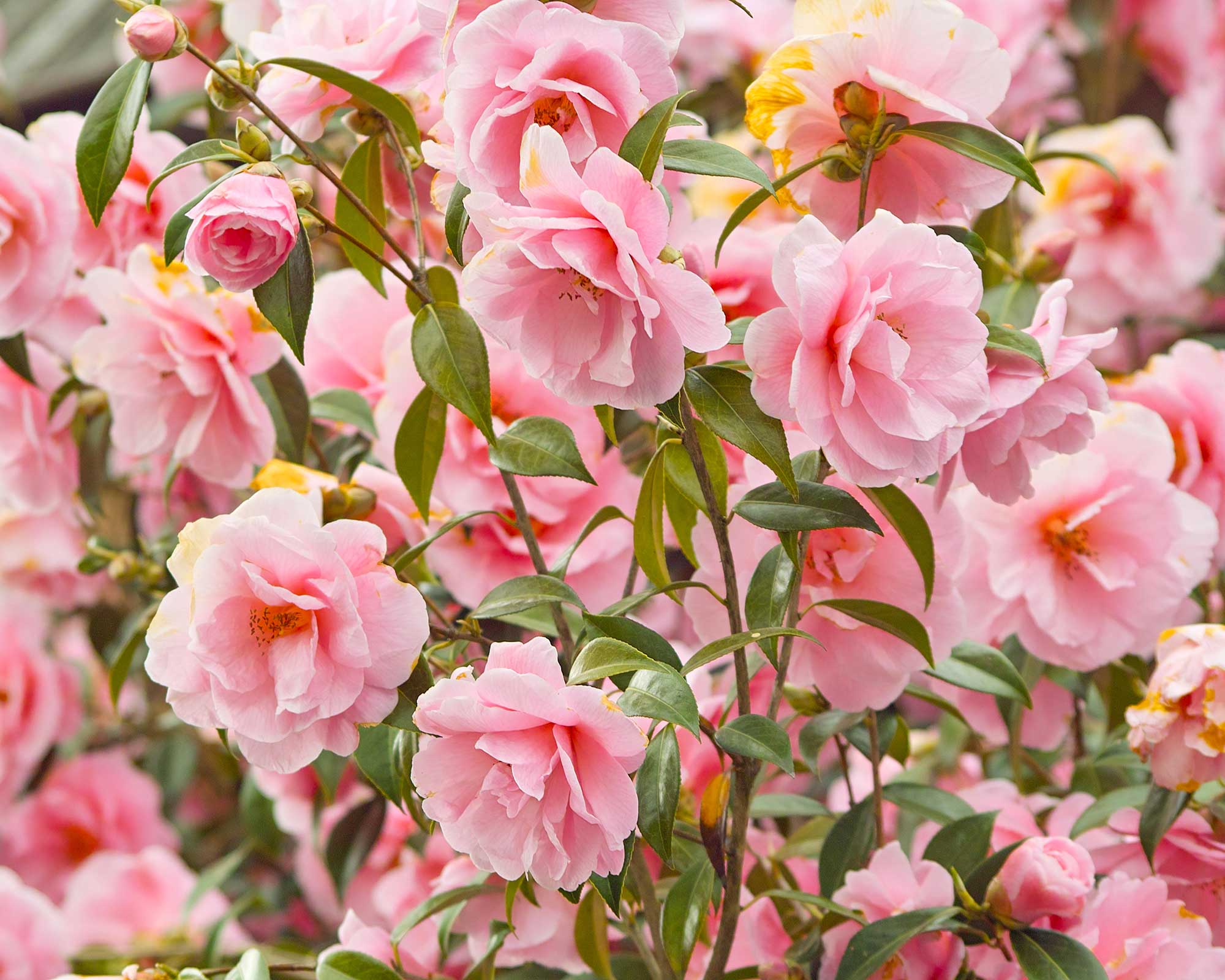
What are good planting companions for camellias?
There are some lovely choices to plant alongside types of camellias.
The lacy leaves of ferns such as the shield fern, polystichum, make a pretty contrast with the dark and glossy camellia foliage. Our guide on how to grow ferns has lots of useful info should you need it.
Flame flower is another pretty companion for camellias. It's related to the annual yellow canary creeper, but perennial and with scarlet flowers, and will twine attractively through camellia branches.
As mentioned above, most camellias are good in dappled shade. Hostas – a go-to shade loving plant – are therefore a natural companion. Try a golden variety, such as 'Piedmont Gold', for something a little different.
You can also pair them with sedges. Plant evergreen variegated types, such as Carex 'Evergold', at the base of your camellia for a contrast in color and form.
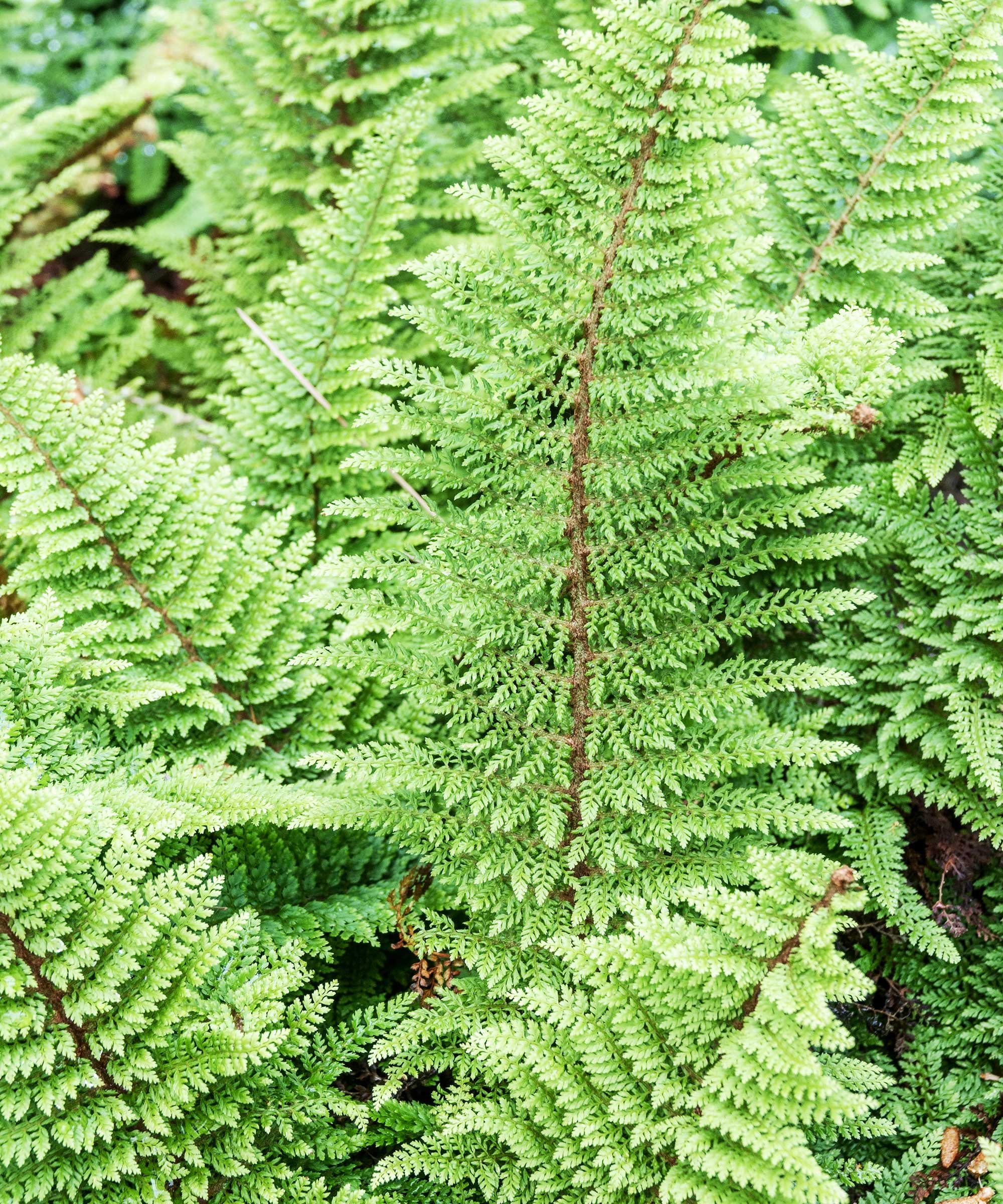

Graham Rice is a garden writer who has won awards for his work online, and in books and magazines, on both sides of the Atlantic. He is a member of a number of Royal Horticultural Society committees and the recipient of the 2021 Garden Media Guild Lifetime Achievement Award.


